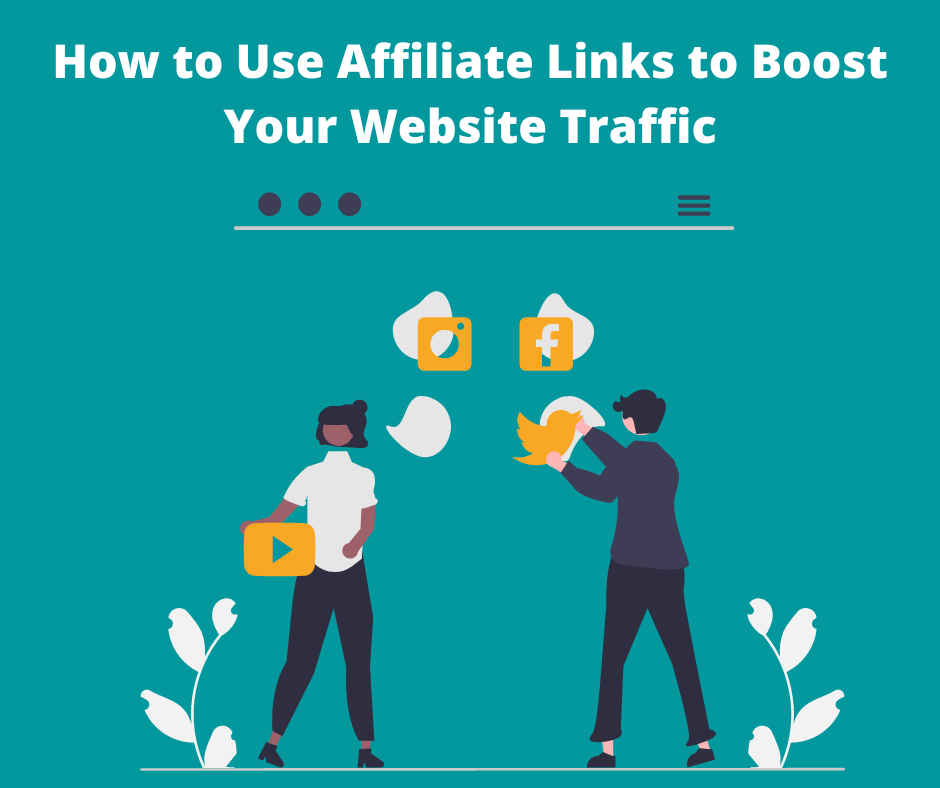There are several ways to drive traffic to an affiliate website, including:
- Search engine optimization (SEO): Optimizing your website’s content and structure to rank higher in search engine results pages (SERPs) for relevant keywords.
- Social media marketing: Using social media platforms to promote your website and affiliate products.
- Content marketing: Creating valuable and informative content that attracts visitors to your website.
- Paid advertising: Using paid advertising platforms such as Google AdWords and Facebook Ads to drive targeted traffic to your website.
- Influencer marketing: Partnering with influencers in your niche to promote your affiliate products and website.
- Email marketing: Building an email list and sending regular newsletters to promote your website and affiliate products.
- Networking: Connecting and building relationships with other bloggers and website owners in your niche, which can lead to guest posting opportunities and backlinks.
- Forum marketing: Participating in online forums related to your niche and leaving comments or answering questions with a link to your website.
- Video marketing: Creating and promoting videos on platforms such as YouTube and Vimeo that link back to your website.
- Podcasting: Starting a podcast and promoting it through various platforms, with links to your website in the show notes.
- Quora and Reddit marketing: Answering questions and starting discussions on platforms like Quora and Reddit that are related to your niche, with links back to your website.
- Remarketing: Setting up remarketing campaigns to target people who have visited your website before but haven’t converted yet.
- Referral marketing: Encouraging satisfied customers to refer friends and family to your website in exchange for incentives or discounts.
- Public relations: Building relationships with media outlets and journalists in order to secure coverage for your website and affiliate products.
- Influencer Outreach: Building relationships with influencers in your niche and getting them to promote your website and affiliate products to their followers.
- Event marketing: Hosting or participating in events related to your niche, such as trade shows, conferences or webinars, and including links to your website in the event materials.
- Direct mail marketing: Sending direct mail to targeted prospects with a link to your website.
- Print advertising: Advertise in print media such as magazines or newspapers that are relevant to your niche and include a link to your website.
- Local SEO: Optimizing your website for local search terms to target customers in a specific geographical area.
- Additional methods to drive traffic to your affiliate website include:
- Community building: Building and fostering a community around your website, whether it’s through social media groups, forums, or online communities. A loyal community can help drive new visitors to your website through word-of-mouth recommendations.
- Pop-up forms: Utilizing exit-intent or timed pop-ups to collect email addresses from visitors before they leave your website. This can be used to send targeted follow-up emails and increase the chances of converting visitors into customers.
- Leverage existing traffic: If you already have a website or a blog that gets good traffic, you can leverage that traffic by including affiliate links or banners on your existing website, this way you can drive traffic to your affiliate website.
- Leverage your existing network: If you have a large social media following, a large email list, or any other type of network, you can leverage it by promoting your affiliate website to your existing network.
- Leverage your brand: If you have a strong brand, you can leverage it to drive traffic to your affiliate website. Creating a strong brand can help you to stand out in a crowded market and make it easier to drive traffic to your website.
It is important to note that driving traffic to your website is important, but it’s not the only thing you need to do. You also need to optimize your website for conversion and make sure that the website is designed in a way that will make it easy for visitors to find what they’re looking for and take action, such as make a purchase or sign up for a newsletter. Additionally, it’s important to continually monitor and analyze your traffic and conversion data, and make adjustments as needed to optimize your efforts.



